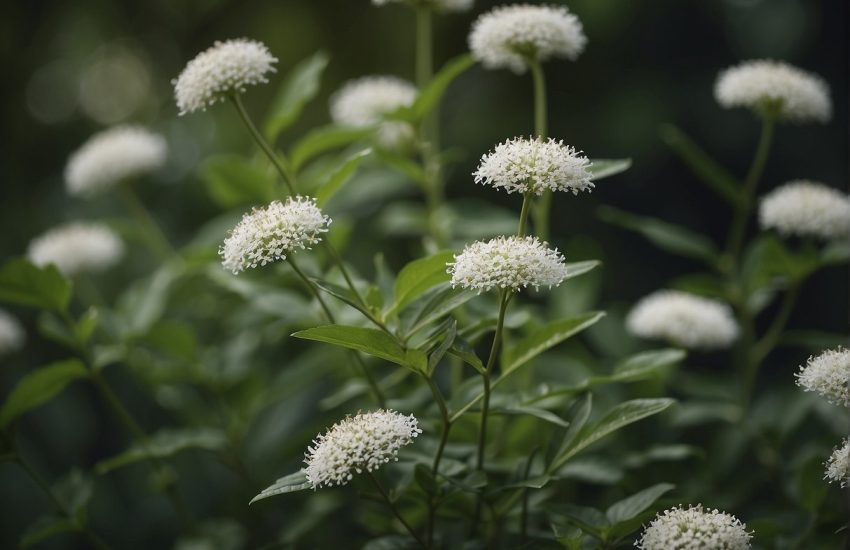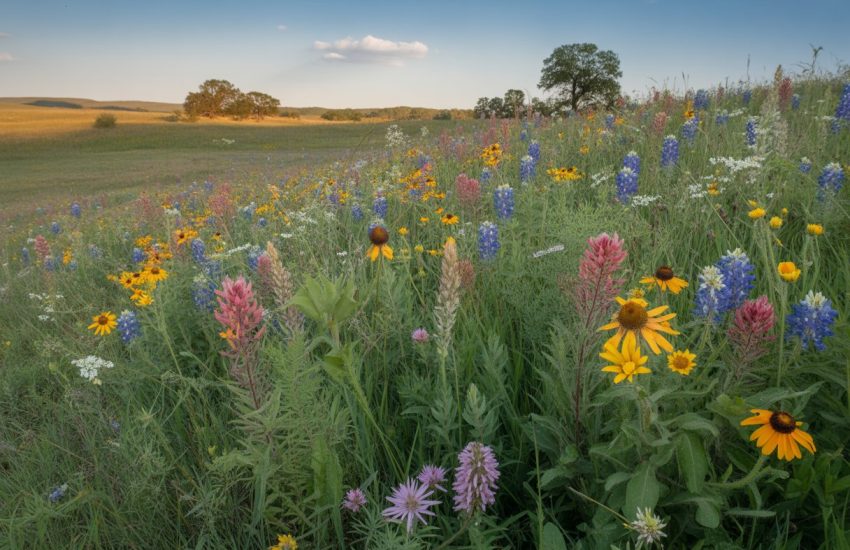Growing Zones in New Hampshire: Understanding Climate and Plant Hardiness
New Hampshire is a state located in the northeastern region of the United States. It has a diverse climate that ranges from humid continental to subarctic, making it an ideal place for different types of plants to grow. The state is divided into different growing zones based on the USDA Hardiness Zone Map, which helps gardeners determine which plants are best suited for their area.

The USDA Hardiness Zone Map is a tool used by gardeners and farmers to determine which plants are most likely to thrive in a particular region. The map divides the United States into different zones based on the average minimum winter temperature. New Hampshire is divided into four growing zones: Zone 3, Zone 4, Zone 5, and Zone 6. Each zone has its own unique climate conditions that affect what plants can grow successfully in the area.
Knowing the growing zones in New Hampshire is essential for gardeners and farmers who want to grow plants that are well-suited for the state’s climate. Understanding the climate conditions, such as temperature and precipitation, can help them choose the right plants for their garden or farm. By selecting plants that are adapted to their specific growing zone, they can increase their chances of having a successful harvest.
Understanding USDA Hardiness Zones in New Hampshire

Defining Hardiness and Planting Zones
USDA Hardiness Zones are a way to classify regions based on their average annual minimum temperature. These zones help gardeners and growers determine which plants are likely to thrive in a particular area based on the plant’s hardiness rating. Hardiness ratings are based on the lowest temperature a plant can tolerate and still survive.
Planting zones, on the other hand, are based on a combination of factors, including the length of the growing season, the average temperature range, and the amount of precipitation. Planting zones are a more comprehensive way to determine which plants are best suited for a particular area.
New Hampshire’s Zone Distribution
New Hampshire is located in the northeastern region of the United States and has a diverse climate that ranges from the coastal regions to the mountainous areas. The state is divided into four USDA hardiness zones: 3b, 4a, 4b, and 5a.
Zone 3b covers the northernmost regions of New Hampshire, where the average minimum temperature ranges from -35 to -30 degrees Fahrenheit. This zone is ideal for cold-hardy plants such as blueberries, strawberries, and raspberries.
Zone 4a covers most of the central and northern parts of the state, where the average minimum temperature ranges from -30 to -25 degrees Fahrenheit. This zone is suitable for a wide variety of plants, including perennials, shrubs, and trees.
Zone 4b covers the southern parts of the state, where the average minimum temperature ranges from -25 to -20 degrees Fahrenheit. This zone is ideal for plants such as roses, peonies, and lilacs.
Zone 5a covers the coastal regions of New Hampshire, where the average minimum temperature ranges from -20 to -15 degrees Fahrenheit. This zone is suitable for a wide range of plants, including vegetables, fruits, and ornamental plants.
In conclusion, understanding USDA Hardiness Zones is essential for successful gardening and growing in New Hampshire. By selecting plants that are adapted to the local climate, gardeners can ensure that their plants will thrive and produce healthy yields.
Selecting Plants and Gardening Tips for New Hampshire
Plants Suited for New Hampshire’s Zones
New Hampshire’s planting zones range from 3b to 6a, which means gardeners need to select plants that can thrive in colder temperatures and shorter growing seasons. Some plants that are well-suited for New Hampshire’s climate include:
- Perennials: Coneflowers, daylilies, hostas, and phlox are all perennials that can survive the cold winters and still bloom in the summer.
- Vegetables: Broccoli, cabbage, carrots, lettuce, and spinach are all vegetables that can be planted early in the season and harvested before the first frost.
- Fruits: Apples, blueberries, and raspberries are all fruits that can grow well in New Hampshire’s climate.
Gardeners should also consider the soil type and acidity when selecting plants. New Hampshire’s soil is generally acidic, so plants that prefer acidic soil, such as blueberries, will thrive.
Gardening Strategies by Location
Different locations in New Hampshire may have different growing seasons and microclimates. Here are some gardening strategies for specific areas:
- Boscawen, Carroll, and Concord: These areas are in zones 5a and 5b, which means the growing season is shorter. Gardeners should consider starting seeds indoors and using season extenders, such as row covers and cold frames, to extend the growing season.
- Hanover and Littleton: These areas are in zone 4b, which means the growing season is even shorter. Gardeners should consider planting cold-tolerant crops, such as kale and spinach, and using raised beds to improve soil drainage.
- Lancaster and Colebrook: These areas are in zone 3b, which means the growing season is very short. Gardeners should consider planting crops that can be harvested before the first frost, such as peas and radishes, and using hoop houses to protect plants from the cold.
- Peterborough and Portsmouth: These areas are in zone 6a, which means the growing season is longer. Gardeners can plant warm-season crops, such as tomatoes and peppers, and may not need to use season extenders.
By selecting plants that are well-suited for New Hampshire’s climate and considering location-specific gardening strategies, gardeners can have a successful and productive growing season.


